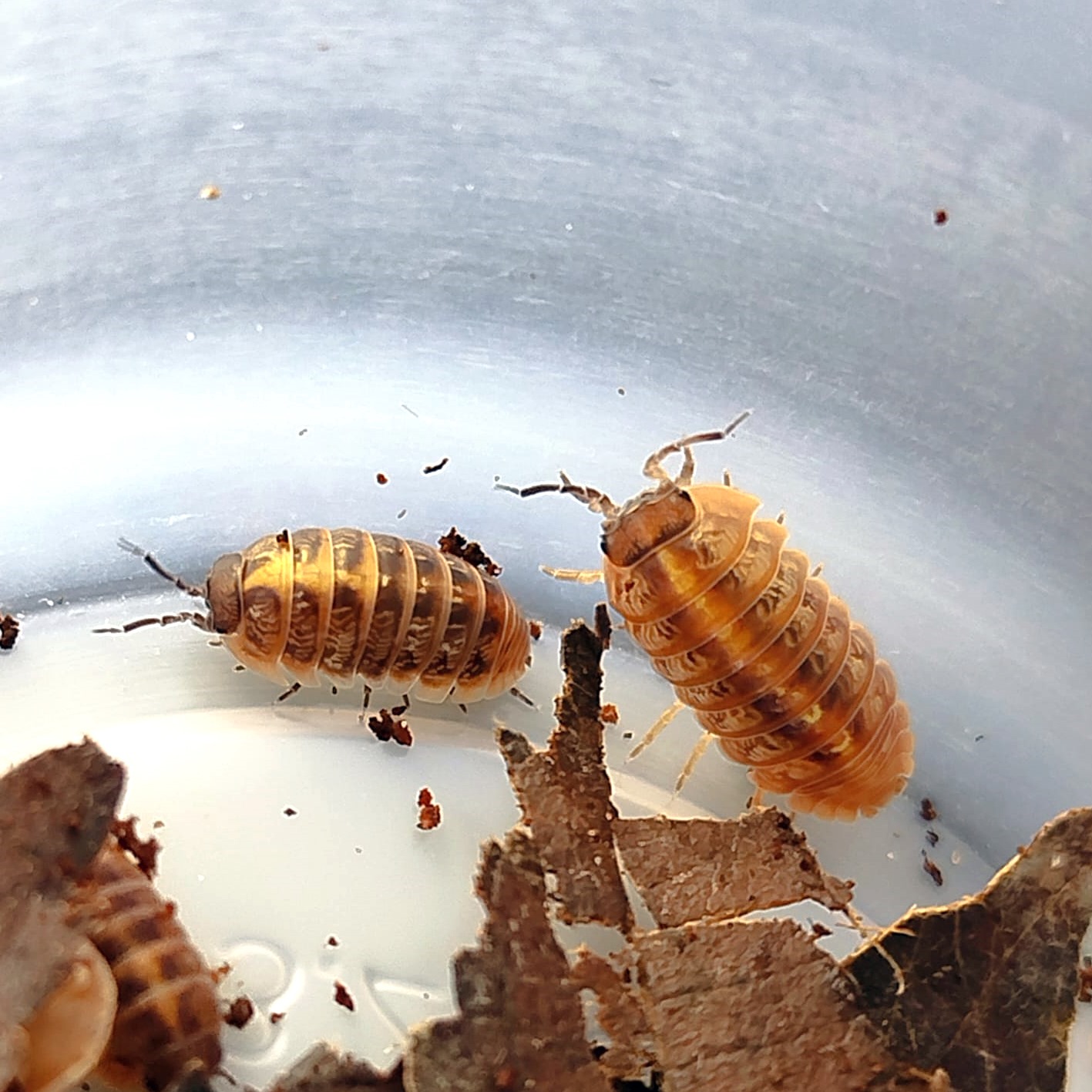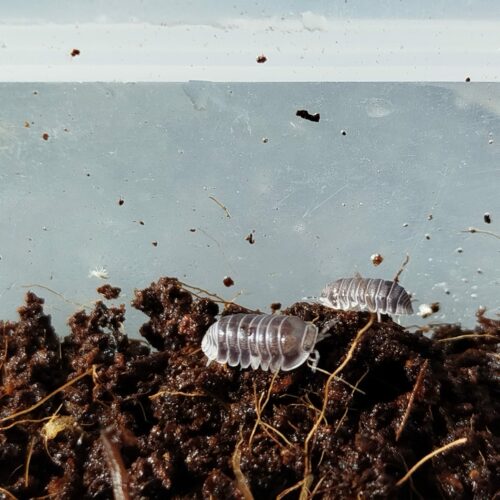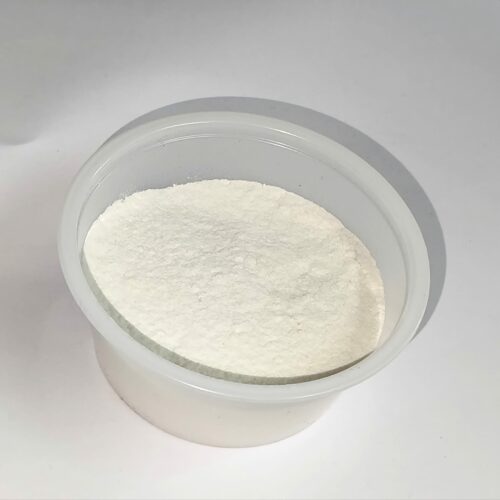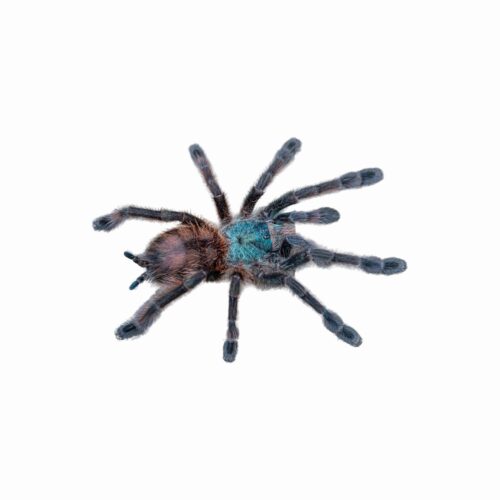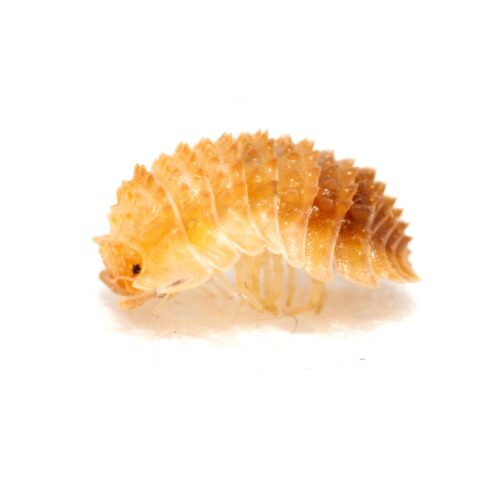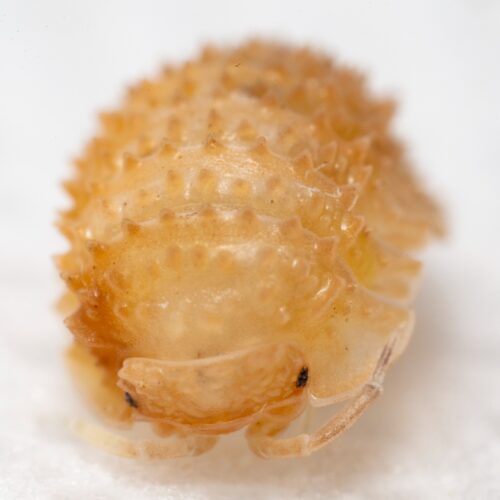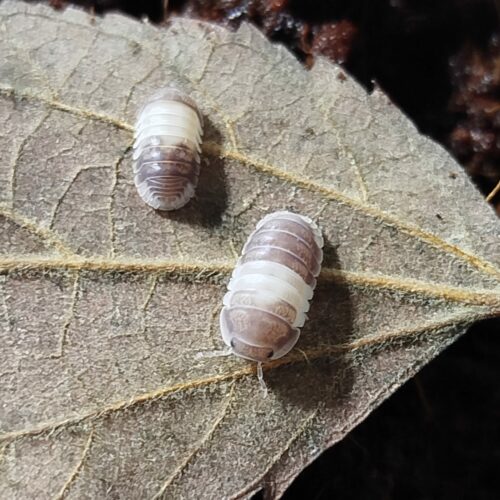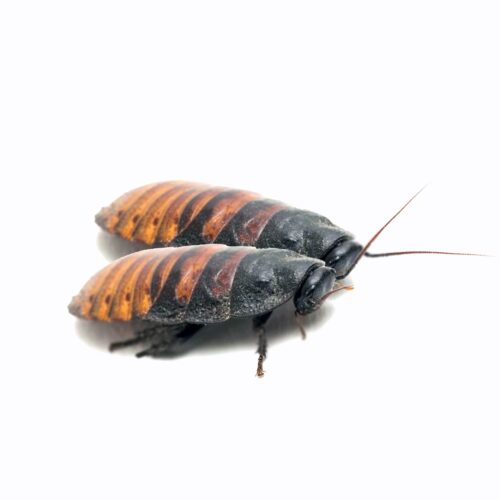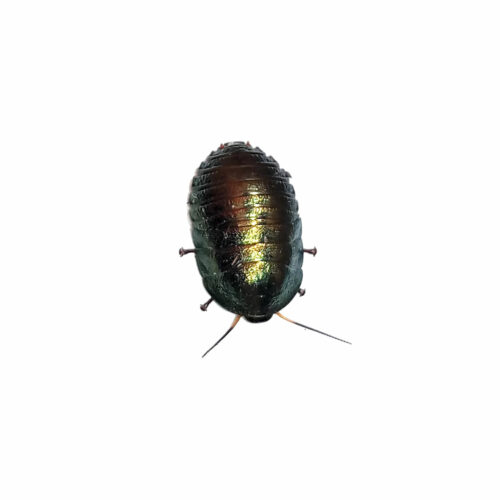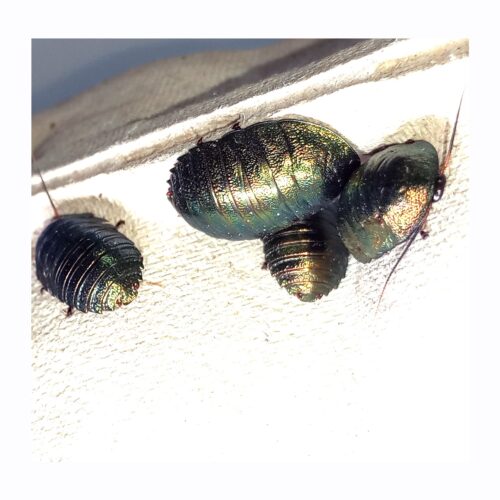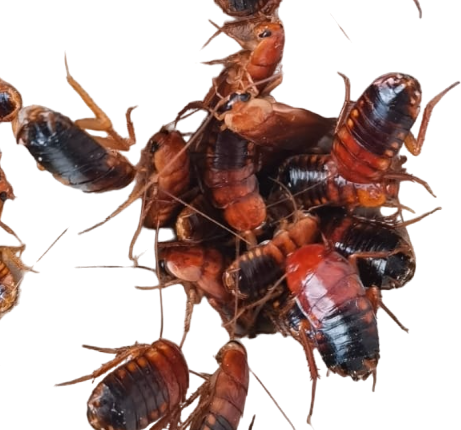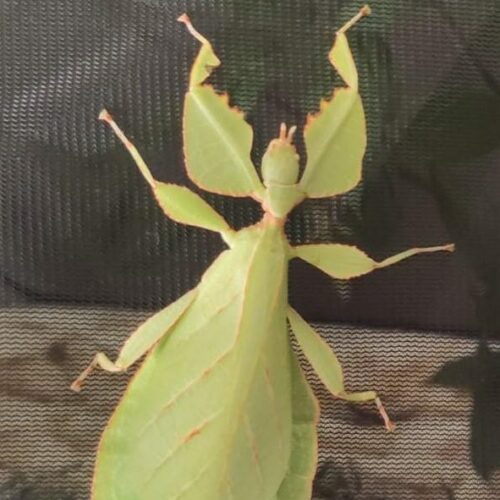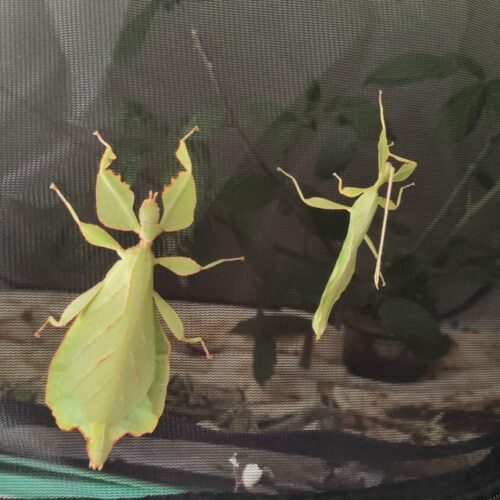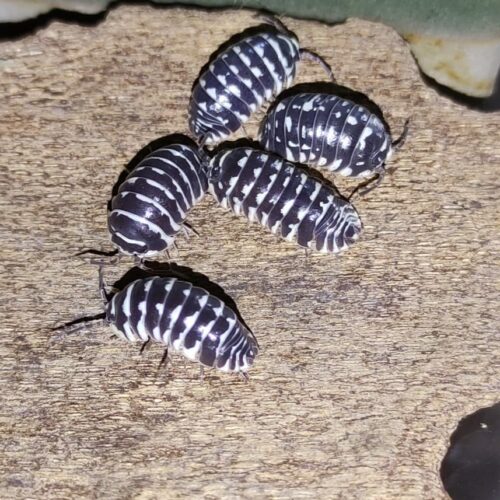Armadillidium vulgare “Mocca”
1,50€ – 6,00€
Discover the fascinating Armadillidium vulgare “Mocca”: a unique chocolate brown isopod that not only beautifies your terrarium, but also helps maintain a healthy ecosystem. Perfect for hobbyists and nature lovers. Add one to your collection today!
SKU:
N/A
Categories: Arthropods, Isopods
Description
Technical Data Sheet: Armadillidium vulgare “Mocca”
Common Name: Pill bug, roly-poly, woodlouse, isopod “Mocca”
Scientific Name: Armadillidium vulgare “Mocca”
Taxonomic Classification:
- Kingdom: Animalia
- Phylum: Arthropoda
- Class: Malacostraca
- Order: Isopoda
- Family: Armadillidiidae
- Genus: Armadillidium
- Species: A. vulgare
- Variety: “Mocca”
Physical Description:
- Color: Characteristic chocolate brown (“mocca”) color.
- Size: Between 8 and 18 mm in length.
- Shape: Oval and convex with the ability to roll into a perfect ball as a defense mechanism (volvulation).
- Antennae: Two pairs of antennae, with the second pair being longer and more prominent.
- Legs: Seven pairs of legs.
Habitat:
- Distribution: Widely distributed worldwide, especially in temperate regions.
- Environment: Moist soils rich in organic matter, under stones, logs, and fallen leaves.
Behavior:
- Diet: Detritivore, feeding on decomposing organic matter such as dead leaves and rotten wood.
- Activity: Nocturnal, seeking humid conditions to avoid desiccation.
Life Cycle:
- Reproduction: Oviparous. Females carry the eggs in a ventral pouch until the young hatch.
- Development: Undergoes several molts before reaching maturity. The full life cycle can last from 1 to 3 years, depending on environmental conditions.
Adaptations:
- Defense: Ability to roll into a ball to protect against predators.
- Respiration: Adaptations to breathe in humid environments through pseudotracheae (specialized respiratory structures).
Ecological Importance:
- Decomposition: Plays a crucial role in the decomposition and recycling of organic matter, contributing to fertile soil formation.
- Soil Health Indicator: Its presence indicates a healthy and well-balanced soil in terms of humidity and organic matter.
Care in Captivity:
- Terrarium: Maintain in a humid environment with suitable substrate such as garden soil mixed with leaves and decomposing wood.
- Humidity: High, around 70-90%.
- Temperature: Ideally between 18-24°C.
- Diet: Decomposing plant material, occasionally supplemented with fresh vegetables.
Interesting Facts:
- Name: “Armadillidium” refers to its ability to roll up like an armadillo.
- Behavior: Despite being terrestrial, they descend from marine crustaceans and retain certain physiological characteristics of these ancestors.
Additional information
| Options |
1 unit ,5 units |
|---|
Related products
Caribena versicolor
26,00€ – 120,00€
there is stock
Discover the charming Caribbean versicolor tarantula for your terrarium. With its beautiful coloration, it is a perfect addition for any spider fan. We recommend having previous experience with tarantulas or arachnids in general. Bring beauty and fascination to your space with this captivating species.
Select options
This product has multiple variants. The options may be chosen on the product page
Cristarmadillidium muricatum
2,50€ – 10,00€
there is stock
A natural wonder with Cristarmadillidium muricatum! Discover how tiny isopods can inspire greatness. Add a touch of wonder to your terrarium with this furry isopod. Get it now!
Select options
This product has multiple variants. The options may be chosen on the product page
Cubaris panda king
2,00€ – 8,00€
there is stock
Discover the fascinating life in miniature with the Cubaris Panda King: small guardians of ecological balance for your terrarium. Bring your habitat to life with these adorable and beneficial companions!
Select options
This product has multiple variants. The options may be chosen on the product page
Gromphadorhina portentosa
1,50€ – 12,00€
there is stock
Discover the fascinating Madagascar hissing cockroach! Perfect as an exotic pet or for research projects. Its peculiarity and ease of care make it a unique choice. Dare to explore the world of these incredible creatures!
Select options
This product has multiple variants. The options may be chosen on the product page
Pseudoglomeris Magnifica
8,00€ – 60,00€
Sold out
Discover the stunning Emerald Cockroach (Pseudoglomeris Magnifica), its vibrant green color and unique presence make it a fascinating addition to any environment! Get yours now!
Select options
This product has multiple variants. The options may be chosen on the product page
Shelfordella lateralis (ex tartara)(10 units)
1,99€
there is stock
Armadillidium maculatum
2,50€ – 10,00€
there is stock
Select options
This product has multiple variants. The options may be chosen on the product page








